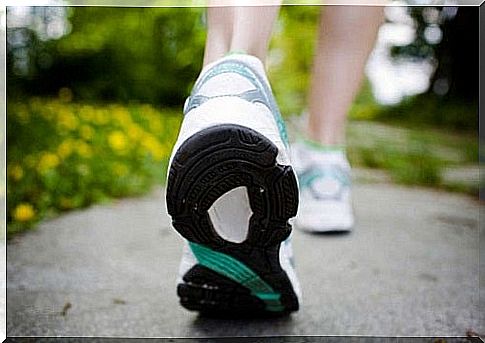8 Tips To Have A Better Posture
Beyond making us look bad and causing back or headaches, poor posture can lead to more chronic and long-lasting problems. Chronic fatigue, herniated discs and poor body alignment can be the result of a poor position maintained over the years.
There are many causes of poor posture, some as common as being overweight, poor muscle tone, or incorrect posture from prolonged sitting or walking. Also sedentary lifestyle, prolonged use of electronic devices or poor position when lying down, among others, can make us have a bad posture.
A stable aesthetic position is one that keeps the body aligned and stable with the least possible expenditure of energy. To achieve this, it is important that the spinal column is maintained without any lateral deviation and that it does not bend either in its upper part, causing what we know as a “hump”, nor in its lower part “sticking out the tail”.
Luckily, there are methods to help improve posture right now. Although the changes are noticeable over time, it is one of the best assets you can offer your body.
Look in the mirror
It is very helpful to stand in front of a full-length mirror while correcting your posture. You want to distribute the weight evenly on both feet, throwing your shoulders back so that they remain level.
You will know that you have assumed the correct position when you draw a straight imaginary line that goes through the back of the ear, over the shoulder, behind the hip and knee and through the ankle.
Lean against the wall
Another simple way to adopt a correct posture is to support your back and buttocks against the wall. To see if you stand properly, simply slide your hand between your hip and the wall.
If the hand does not go in or is tight, this indicates that you are too far to the right. If there is too much space, it indicates that you have problems.
Posture when sitting
Check that the back is straight, the shoulders back and down, and the soles of the feet flat on the floor. Poor posture while sitting can cause several health problems, studies indicate.
Remember that it is not good to cross your legs for a long time, as this can obstruct circulation and cause swollen legs or varicose veins.
When you stand
The chest should be up and the abdomen activated, since the abdominal muscles are what help us to stay stabilized. The weight of the body should be distributed between the two legs and the knees should be slightly bent.
To walk

When walking, we must also take care of our posture. The head should be kept upright and the neck upright. Avoid looking at the ground for a long time, as this can cause neck pain. Make sure you step on the heel of your foot first, then move to the tip.
When sleeping
The best posture for a good sleep is on your side and with your legs slightly tucked. This position helps to keep the spine aligned in the most correct way and, according to research from 1997, makes breathing easier, thus avoiding annoying snoring.
Sit on the edge of a chair
To maintain perfect posture, many experts recommend sitting on the edge of the chair so that your back remains straight and you cannot recline relaxed with the back of the chair. To maintain balance with this good posture, one foot should be tucked under the chair and the other foot extended in front.
Do exercise
Exercises are key to stretching the muscles and keeping them in optimal condition, which is important for maintaining good posture. It is recommended to walk, run, swim or do stretching exercises, among others, always taking care of your posture.
It is also very important that long-seated people take a break to stretch their muscles and check for good posture. The same should be done by those people who have to stand still for a long time.









